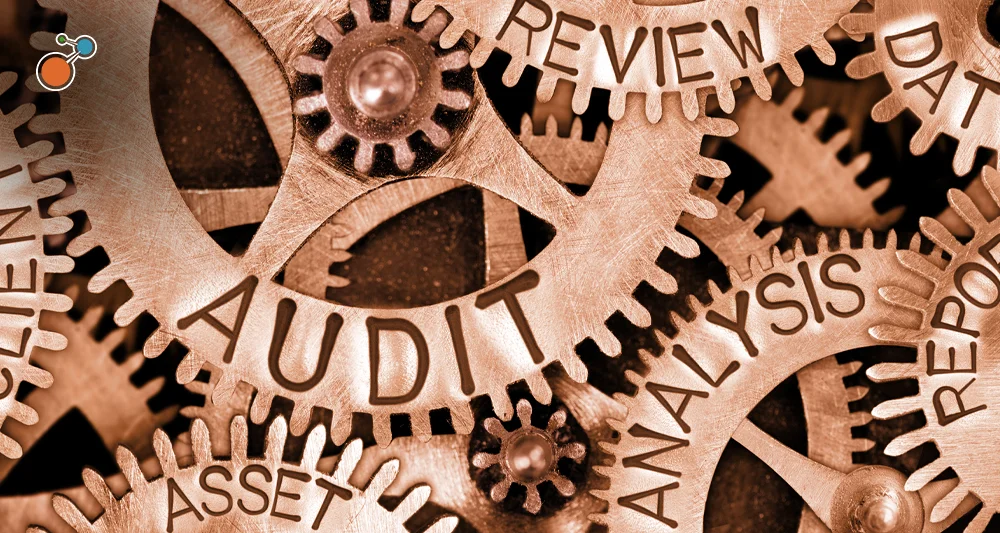A recent meeting of G7 leaders in June 2021 has sparked discussion about the current practices around climate risk disclosure that businesses provide to regulators and investors.
G7 stands for the “Group of Seven” – a cross-governments forum consisting of Canada, France, Germany, Italy, Japan, the United Kingdom and the United States
They discussed the need for mandatory climate risk disclosures. The reason is the voluntary approach is not providing enough insight to stakeholders. and agreed to make it the responsibility of banks and other large companies to disclose more fully to shareholders their climate-risk exposure.
As a result, it’s clear that policy makers agree that shareholders deserve to know the impacts of climate change on their investments.
Companies, therefore, need to begin preparing to provide the required information to investors and business stakeholders aka “market participants.”
A Current Lack of Data
For some time, companies and countries have been making pledges to reach net-zero carbon emissions in the next decade and beyond. But there is a disconnect for investors (both institutional and individual) who do not understand the financial and operational commitments required for companies to meet their goals.
At the heart of the disconnect is a lack of information. France has blazed a trail and made it mandatory for companies to report climate risks.
Communication from the G7 countries proposes mandatory disclosures be made in line with recommendations from the Task-Force on Climate-related Financial Disclosures. The TCFD was formed in 2015 by the Financial Stability Board with a view to develop standards for climate-related financial disclosures to be followed by companies for the benefit of investors, banks, regulators, and other stakeholders.
And, if the G7 countries follow the approach, the idea will likely be pushed to G20 countries and eventually become an international practice.
TCFD Recommendations
So, what’s in store?
The TCFD recommends that all organizations that hold public debt and equity should implement its reporting standards on climate-risk related disclosure to make it easy to understand and evaluate risk exposure.
TCFD’s recommendations are widely applicable across sectors and business models and are also applicable to asset managers, pension plans, endowments, and foundations. When deciding on what to report on, the TCFD recommends that organizations apply the same yardstick they use to assess materiality in financial reporting.
What’s “materiality?” Click here.
And, they advocate that disclosures be part of the organizations’ annual financial reporting and cover the same time period.
Financial Impacts of Climate Related Risks and Opportunities
The TCFD recognizes that the impact of climate change differs by sectors, geography, industry, and business model. And, that impacts are not always clear or immediate.
Many organizations have limited knowledge of climate-change risks and identifying it is a challenge. Organizations tend to have a short to medium-term outlook, which can be at odds with climate-change risk because its a longer-term time frame.
Companies will be increasingly called upon to be aware of the specific climate-related risks and opportunities that are material to its stakeholders.
And, once identified, risks should be classified as either transition or physical –
- Physical risks are those that could result in disruptions of company operations through occurrences such as floods or drought.
- Transition risks include policy and legal changes, technology shifts due to climate change, and/or reputational damage related to move to a low carbon economy.
On the flip side, opportunities exist for finding ways for a business to make more efficient use of its resources, better energy sources, new products and services, and new markets.
Quantifying risk is another major challenge for organizations. To get quantification right, organizations must consider both income statement and balance sheet items.
These are pluses! Transition and physical risks can impact demand and revenue.
Response to climate-risks will affect expenditure and organizations might need to re-look their cost structures. Will any new capital investments need to be made? Such information will matter a lot to current and prospective investors.
The level of exposure to climate-risks and the resilience demonstrated in response plans influence the willingness of investors to hold debt or equity in the business.
Recommended Disclosures
The TCFD has split its recommended disclosures into four thematic areas.
First is on governance – where organizations need to describe the kind of oversight the board has on climate-related opportunities and risks. And, they should also explain the role of management in assessing the same.
Second is strategy – where organizations need to break down the short, medium, and long-term risks and opportunities that have been identified around climate transitions. The explanation should highlight the impact of risks and opportunities on business, strategy, and planning. A plus is to show how resilient the business can be in different scenarios.
Third is risk management. TCFD recommends that organizations tell stakeholders how their risk identification, assessment, and management process regarding climate-change. How does the whole process tie into the organization’s greater risk management strategy?
The final area is the metrics and targets the organization uses to assess risks and opportunities.
Principles for Effective Disclosure
The TCFD has issued principles for effective climate-risk disclosures for organizations.
- Disclosures should present relevant information. This means that information should be about risk and opportunities and their impact on the business’s future cash inflows and outflows. Immaterial information should be omitted. And what is included should be detailed to assist the audience make appropriate assessments.
- Disclosures should be specific and complete. All relevant qualitative and quantitative information should be included to help stakeholders make proper judgements.
- Clarity, balance, and understandability. All disclosures should be made with the intention to inform as opposed to confusing stakeholders. Meeting minimum requirements is not enough. Organizations must go beyond to reach the ordinary stakeholder who might not have technical knowledge to understand sophisticated terms, phrases, or references.
- Consistency of disclosures to be made over time. Consistency should enable users to determine the kind of developments that have taken place within the organization in responding to climate related risks and opportunities. In addition, organizations should make disclosures in a manner that enable comparisons with other businesses within the industry.
These principles are based on recognition that approaches to climate-risk financial reporting are likely to evolve as more information becomes available but will not conflict because the principles are consistent with accepted frameworks for financial reporting.
What’s Next?
The regulatory authorities in a number of leading countries now agree its important to disclose information about climate risks and opportunities to business stakeholders, especially shareholders.
As a result, financial organizations and their counterparts in sustainability, social responsibility, and risk management would be wise to begin preparing for mandatory climate-risk related disclosure in their annual reporting.




